Chance meeting with Lindheimer’s beebalm (Monarda lindheimeri)
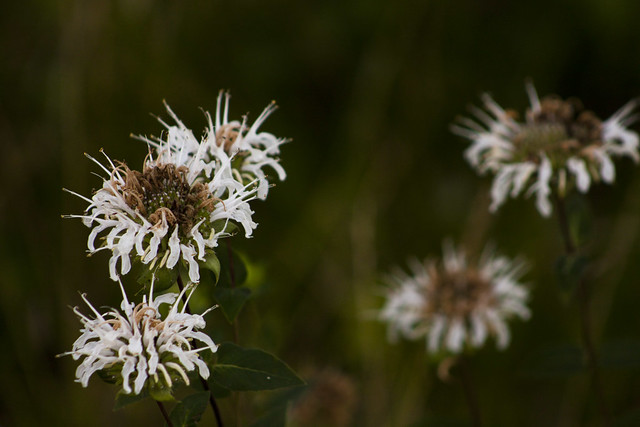
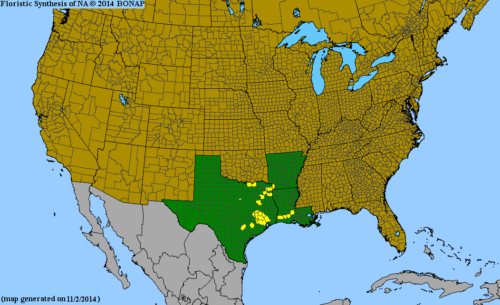
In early June I drove up to Fort Parker State Park hang out with a couple of friends for the weekend. Typically we get an Airbnb or a cabin at Fort Boggy State Park, but Stephanie and her husband recently bought a travel trailer and we have upgraded our options for meetups! I’ll write more on that trip later, but before I left I scouted directions on how to get there. I chose a slightly slower route in favor of looking for wildflowers and the chance to iNat in some lesser known locations. That decision paid off really well!
I wasn’t more than 30 minutes from home when I spied, out of the corner of my eye, a beebalm. I slowed down, realizing it was likely what I thought it was, and then looked for a place to U-turn and pull over. It was a plant I’ve been wanting to see for quite a while and had even stalked the entries on iNat, though they are all obscured because it is considered a relatively uncommon plant. However, after seeing quite a lot of it on my drive, I think it is relatively common locally where it is found.
Excitement was pouring out of me as I looked for traffic and got out of the car. I grabbed my camera and dodged a few spiny roadside plants and proceeded to paparazzi the group of beebalm. I even spotted a whorled milkweed blooming nearby and it just capped off the whole event!
I needn’t have gotten so excited because I ended up seeing quite a few clumps of plants here and there along the roadside until around Normangee, where it faded out and Monarda fistulosa became more prominent. I think there was a Lindheimer’s in with that clump of fistulosa but I know fistulosa can have some very pale flowers, so I’ll need to look at it closer.
I saw them once again on a different road as we took backroads to get to I-45 near Madisonville and Chris and I stopped on our way back by to check them out a couple of weeks ago. Again, more scattered populations along those roads and I suspect many of the ranches adjacent to these area have the plant growing on them as well. We drove back the same way to Madisonville this weekend to pick Forest up from grandparents and saw that those industrious county maintenance crews have been at it and most of the plants had been mowed. A few near the fenceline escaped and Chris was able to grab a few seed heads for us to see if we could try to propagate them ourselves.
That map shows the BONAP (Biota of North America Program) range for the species, yellow symbolizes that a species is present and rare in the county indicated. The obscured iNaturalist sightings line up with the heavy Houston-College Station-Huntsville core area for sightings, though I suspect the heavy sightings in SW Houston are actually from the Houston Arboretum and so I’m unsure if those were originally a wild population or an introduced. There do seem to be some natural sightings in SE Houston towards Galveston county but I do know someone (I) need to go through and weed out the cultivated plants showing up in gardens. This plant is sometimes seen in cultivation around the Houston area as I’ve seen one newish nursery selling it online recently.
If you find yourself driving backroads of Brazos, Grimes, Montgomery, or Washington counties in May and early June next year, keep an eye out for this species!




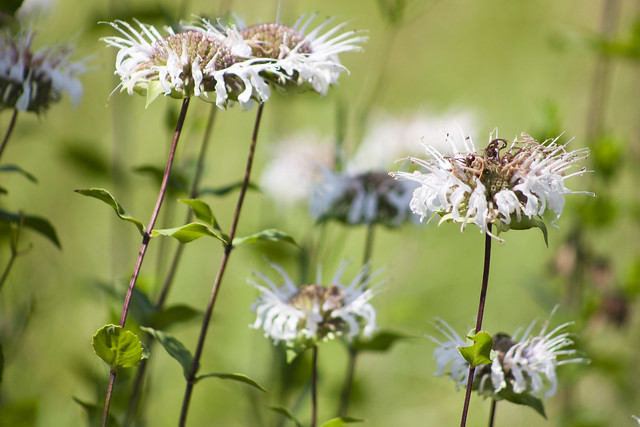



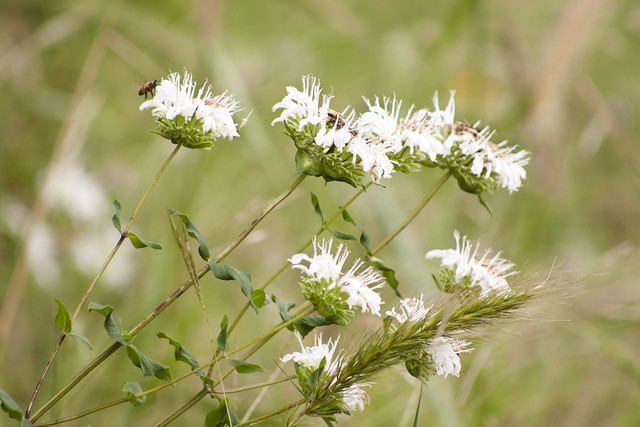
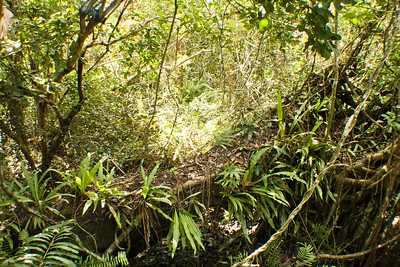
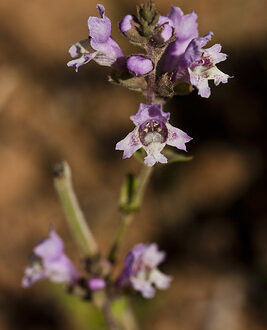
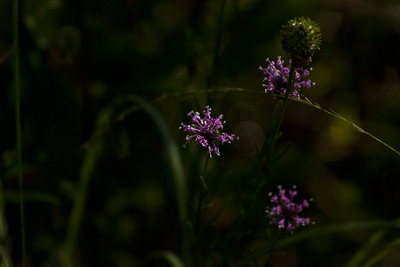
5 Comments
Ashley Wold
So pretty! I’ve only seen M. fistulosa and M. punctata in situ before, and maybe M. didyma in a garden. I hope I get to come across this lovely plant one day if I’m ever in its range!
Yeah, Another Blogger
I like your sense of adventure. And I really like this line: “I grabbed my camera and dodged a few spiny roadside plants and proceeded to paparazzi the group of beebalm.”
shoreacres
I thought I might have seen this at Sandylands, but I didn’t. Nonetheless, I did see this cultivar on an English gardener’s blog today. I couldn’t quite figure out what the species plant might have been, but as soon as I saw your Lindheimer’s Beebalm, the proverbial light bulb went on. They certainly look related to me — what do you think?
Misti
I believe that is likely a cultivate of Monarda didyma! It’s certainly pretty!
Ray A Zimmerman
Lovely photos and story. I’m glad I discovered your wbsite.